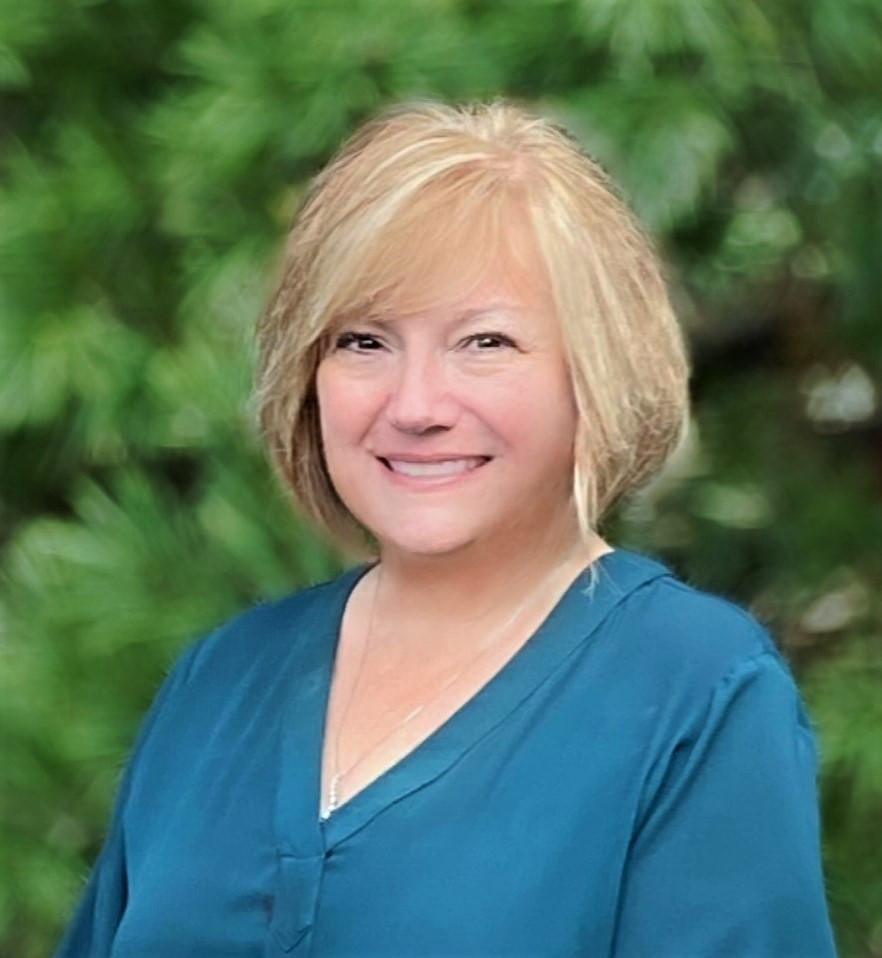Hardship Distribution – Should You Allow Self-Certification?
Many qualified retirement plans, such as 401(k) and 403(b) plans, allow active participants to take an in-service distribution from their accounts, prior to reaching age 59½, if they have an immediate and heavy financial need. This is called a hardship distribution. The six permitted “safe harbor” hardship withdrawal reasons are to pay medical expenses not covered by insurance, to pay for secondary school expenses, to pay for funeral expenses, to purchase a primary residence, to prevent foreclosure of a primary residence and to make repairs to the primary residence generally caused by acts of mother nature. In the past, employers were required to receive complete documentation of the reason for the hardship in order to approve the distribution and determine if the participant truly had an immediate and heavy financial need that could not be satisfied via other means. In the past, employers have made this determination based on physically provided documents.
Employers may now rely on an employee self-certification that they have experienced a hardship and that the employee has no other funds available to satisfy the hardship. In order for a plan to rely on a summary of information, the employee needs to receive a notice that requires them to preserve the physical documentation of the hardship (e.g., bills) and have them readily available at any time upon request. This sounds good, so what are the issues?
Even though self-certification will not require employers to undertake the burden of financially investigating the request, it does leave several questions and concerns. One of our concerns for self-certification is that it may not relieve the employer of their liability for the hardship distribution completely. What if the employee loses or misplaces the hardship documentation or the employee no longer works for the employer by the time an audit (by a governmental body or by a CPA as required for the annual Form 5500 filing) is conducted? Does any burden of proof fall on the employer? Also, historically, an employer had to be careful of inconsistencies such as a medical service invoice for services after a funeral date or an expense for a casualty loss prior to the date of the disaster. If the employer knows (or reasonably should know) that an employee is being less than completely honest about his or her financial situation, the sponsor cannot rely on the self-certification. An example of this might be a request to cover medical expenses that the employer knows are covered by the company-provided medical plan. There is no guidance to tell us what an auditor (governmental or CPA) will require or accept in these circumstances. At the very least, we believe the deficiency will have to be noted in the Form 5500 audit. It might depend upon how incomplete or inconsistent the self-certification is but at this point we do not know and the employer is taking a risk.
The IRS is expected to issue further guidance clarifying the self-certification for hardship rules. Until then, we recommend that employers continue to require physical proof of the need so that documentation is available if requested.



